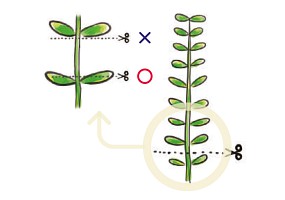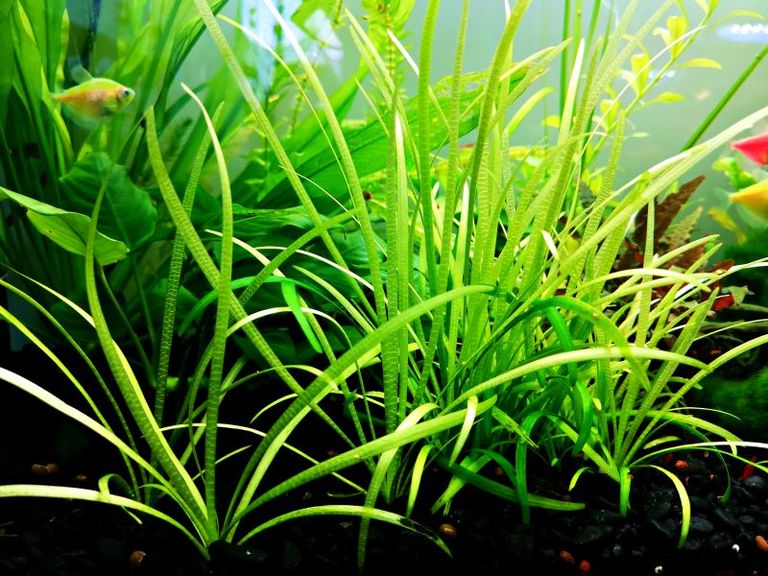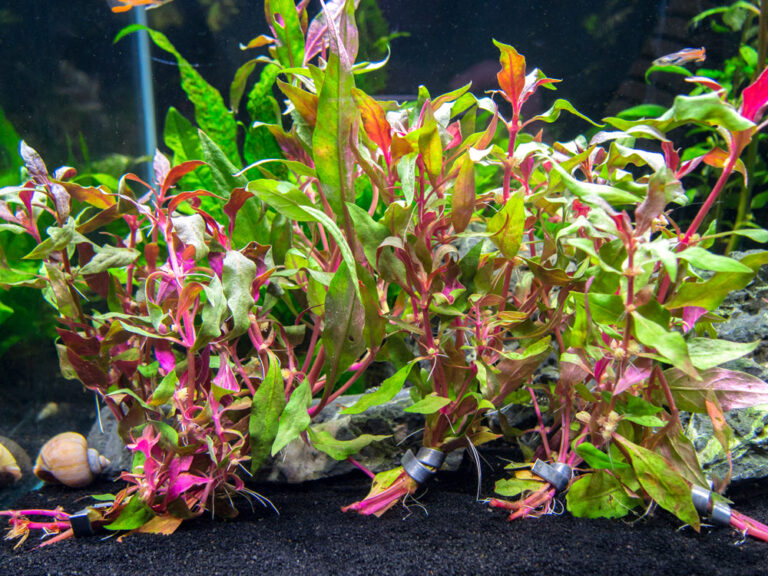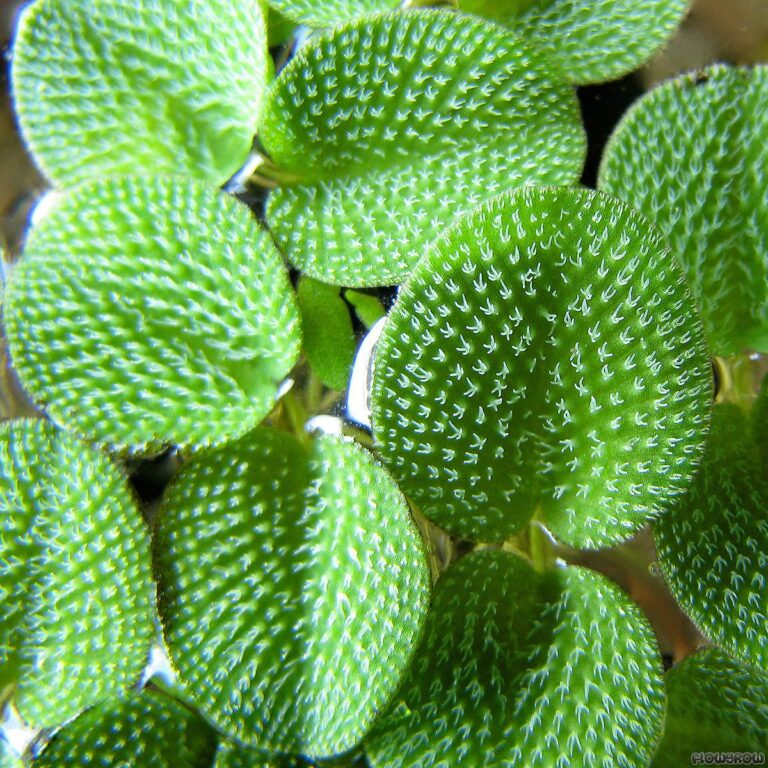How to Trim Aquarium Plants: Expert Tips for Healthy Growth
To trim aquarium plants, use sharp scissors to cut off dead or overgrown parts. Regularly maintain plants for healthy growth.
Aquarium plants enhance the aesthetic appeal and health of your tank. Proper trimming ensures plants remain vibrant and do not overshadow each other. Use sharp, clean scissors to avoid damaging the plants. Focus on removing dead leaves and cutting back overgrown sections.
This prevents algae growth and promotes better water circulation. Trimmed plants will grow back stronger, maintaining the tank’s ecosystem. Regular maintenance, typically every two weeks, helps keep the plants in optimal condition. Proper trimming not only beautifies your aquarium but also supports a balanced and healthy environment for your aquatic life.
Importance Of Trimming
Trimming aquarium plants is crucial. It keeps your tank healthy and beautiful. Regular trimming ensures your plants grow well and don’t overcrowd the tank. Let’s explore why trimming is so important.
Promotes Healthy Growth
Trimming helps plants grow stronger. When you cut old leaves, new ones grow. This makes plants look fresh and green. Healthy plants also produce more oxygen for your fish.
Prevents Overcrowding
Overcrowding can harm your tank. Too many plants block light and limit space. Fish need room to swim. Trim plants to maintain balance. This keeps your tank looking neat and tidy.
Essential Tools
Trimming aquarium plants keeps your tank healthy and beautiful. Using the right tools makes this task easier and more effective. Below, we highlight the essential tools for trimming your aquarium plants.
Scissors And Clippers
Scissors and clippers are vital for cutting plants. They help maintain plant shape and size. Use sharp, stainless steel scissors to prevent rust. Long, curved scissors are great for reaching deep areas. Clippers are best for thicker plant stems. Always sterilize tools before use.
Tweezers And Forceps
Tweezers and forceps help manage delicate plants. They make planting and trimming precise. Long tweezers are perfect for placing small plants. Use forceps for removing dead leaves. Ensure they have a good grip for better control. Stainless steel options are durable and rust-free.
| Tool | Best Use | Material |
|---|---|---|
| Scissors | Cutting leaves | Stainless Steel |
| Clippers | Thick stems | Stainless Steel |
| Tweezers | Planting small plants | Stainless Steel |
| Forceps | Removing dead leaves | Stainless Steel |
Having the right tools makes plant trimming easier. These tools ensure your aquarium stays clean and healthy.
Choosing The Right Plants
Trimming aquarium plants keeps your tank healthy and beautiful. Choosing the right plants ensures proper growth and easy maintenance. This section guides you on selecting the best plants for your aquarium.
Stem Plants
Stem plants grow quickly and need frequent trimming. They are perfect for beginners. Popular choices include:
- Rotala
- Hygrophila
- Bacopa
These plants grow vertically and can form dense bushes. Trim the tops to promote bushier growth. Use sharp scissors to avoid damaging the stems. Always cut above a leaf node.
Rosette Plants
Rosette plants grow in a circular pattern from a central point. They are slow-growing and require less trimming. Common rosette plants are:
- Amazon Sword
- Cryptocoryne
- Vallisneria
Trim rosette plants by removing dead or damaged leaves. Use sharp scissors to cut the leaves close to the base. Avoid cutting the central growth point to prevent harming the plant.
| Type | Growth Rate | Trimming Frequency |
|---|---|---|
| Stem Plants | Fast | Frequent |
| Rosette Plants | Slow | Infrequent |
Choosing the right plants simplifies maintenance and enhances your aquarium’s beauty. Regular trimming keeps plants healthy and encourages growth.

Credit: buceplant.com
When To Trim
Knowing when to trim aquarium plants is crucial for a healthy tank. Proper timing ensures your plants remain vibrant and your aquarium ecosystem balanced.
Signs Of Overgrowth
Overgrown plants can hinder your aquarium’s health. Here are signs you need to trim:
- Blocked Light: Plants block light from reaching other parts of the tank.
- Reduced Water Flow: Thick growth restricts water circulation.
- Algae Growth: Overgrowth can lead to increased algae.
- Plant Health: Leaves look unhealthy or yellow.
Seasonal Considerations
Different seasons affect plant growth. Adjust your trimming schedule accordingly:
| Season | Trimming Frequency |
|---|---|
| Spring | Every 2 weeks |
| Summer | Weekly |
| Autumn | Every 3 weeks |
| Winter | Monthly |
Seasonal trimming helps maintain plant health and overall tank balance.
Trimming Techniques
Learning how to trim aquarium plants is essential for a healthy tank. Proper trimming techniques help plants grow better and keep your tank neat. Below, you’ll find the best methods to trim your aquarium plants.
Top Cutting
Top cutting helps plants grow more evenly. Follow these steps for effective top cutting:
- Identify the parts that have grown too tall.
- Use sharp scissors to cut just above a leaf node.
- Remove the cuttings from the water to avoid pollution.
Top cutting promotes new growth from the cut area. This technique is ideal for stem plants. It helps them become bushier.
Side Pruning
Side pruning helps manage plant width. It also improves light penetration. Follow these steps for side pruning:
- Locate the side branches that are too wide.
- Use sharp scissors to cut close to the main stem.
- Remove the cuttings to keep the tank clean.
Side pruning keeps plants from overcrowding. It allows other plants to get more light. This method is best for bushy plants.
| Technique | Purpose | Best For |
|---|---|---|
| Top Cutting | Promote new growth | Stem plants |
| Side Pruning | Control width | Bushy plants |
Using these techniques ensures your aquarium plants stay healthy. Regular trimming keeps your tank looking beautiful.
Post-trimming Care
After trimming your aquarium plants, paying attention to post-trimming care ensures their continued health. Proper care helps plants recover quickly and remain vibrant. Below, we discuss essential steps for post-trimming care.
Nutrient Replacement
Trimming plants can remove essential nutrients from the aquarium ecosystem. It’s important to replenish these nutrients to maintain plant health. Consider using a comprehensive plant fertilizer.
- Use a liquid fertilizer for fast absorption.
- Ensure the fertilizer contains key nutrients like iron, potassium, and magnesium.
- Add root tabs for plants that absorb nutrients through roots.
Check the nutrient levels in your aquarium water regularly. This ensures plants get the necessary nutrients after trimming.
Monitoring Plant Health
After trimming, keep a close eye on your plants. Regular monitoring helps catch any issues early.
| Action | Frequency |
|---|---|
| Check for new growth | Daily |
| Inspect for signs of disease | Weekly |
| Ensure proper light levels | Weekly |
Look for signs of stress, like yellowing leaves or wilting. These could indicate nutrient deficiencies or improper lighting.
Adjust lighting and nutrient levels as needed to support healthy plant growth. Healthy plants will grow vibrant and strong, enhancing your aquarium’s beauty.
Common Mistakes
Trimming aquarium plants is essential. Yet, many hobbyists make mistakes. These errors can harm plants and the tank’s ecosystem. Understanding common mistakes can help you avoid them.
Over-trimming
Many hobbyists trim plants too much. Over-trimming stresses the plants. Stressed plants grow slowly or die. Trim plants lightly and regularly. Avoid cutting more than 30% of the plant at a time. This lets the plant recover and grow healthy.
Improper Tool Usage
Using the wrong tools can hurt your plants. Dull scissors crush stems. Crushed stems heal slowly or not at all. Use sharp, clean scissors or plant shears. Clean tools before and after trimming. This prevents the spread of disease and algae.
| Common Mistake | Consequence | Solution |
|---|---|---|
| Over-Trimming | Stressed plants, slow growth | Trim lightly, no more than 30% |
| Improper Tool Usage | Damaged stems, slow healing | Use sharp, clean scissors |
Follow these tips to keep your aquarium plants healthy. Avoiding common mistakes ensures a thriving tank.

Credit: www.aquasabi.com
Expert Tips
Maintaining a beautiful aquarium requires regular care. Trimming your aquarium plants is crucial. These expert tips will help keep your plants healthy and your tank stunning.
Creating A Trimming Schedule
Consistency is key for healthy aquarium plants. Creating a trimming schedule helps you stay on track. You should trim your plants every two weeks. This keeps them from overgrowing. Use a calendar or reminder app to set up your schedule.
Some plants grow faster than others. Fast-growers may need weekly trims. Slower-growing plants can wait longer. Observe your plants to adjust your schedule as needed.
Balancing Aesthetics And Health
Healthy plants make your aquarium look great. Balancing aesthetics and health ensures both. Trim dead or yellow leaves first. This keeps the tank clean and plants healthy.
Next, shape your plants. Trim them to your desired look. Be careful not to over-trim. Cutting too much can stress the plants. Leave some leaves and stems intact. This helps the plants recover quickly.
For taller plants, trim the tops. This encourages bushier growth. For shorter plants, trim the sides. This keeps them neat and full.
| Plant Type | Trimming Frequency | Trimming Tips |
|---|---|---|
| Fast-Growing | Weekly | Trim tops to control height |
| Slow-Growing | Bi-weekly | Trim dead leaves first |
| Carpet Plants | Monthly | Trim sides for neatness |
Remember to use clean, sharp tools for trimming. Dirty tools can spread diseases. Rinse your tools before and after use.

Credit: www.pinterest.com
Frequently Asked Questions
How Often Should I Trim Aquarium Plants?
Trim your aquarium plants once every two weeks. This helps maintain their health and aesthetics.
What Tools Do I Need To Trim Plants?
Use sharp scissors or aquascaping shears. These tools ensure clean cuts and prevent plant damage.
Can I Trim All Types Of Aquarium Plants?
Yes, but different plants need different care. Research your specific plant type before trimming.
Why Is Trimming Aquarium Plants Important?
Trimming prevents overgrowth and promotes healthy plant development. It also enhances the aquarium’s visual appeal.
Conclusion
Trimming aquarium plants is essential for a healthy tank. Regular maintenance promotes growth and keeps plants vibrant. Use clean tools and trim carefully to avoid damage. Follow these steps to enjoy a thriving aquatic environment. Happy trimming!




